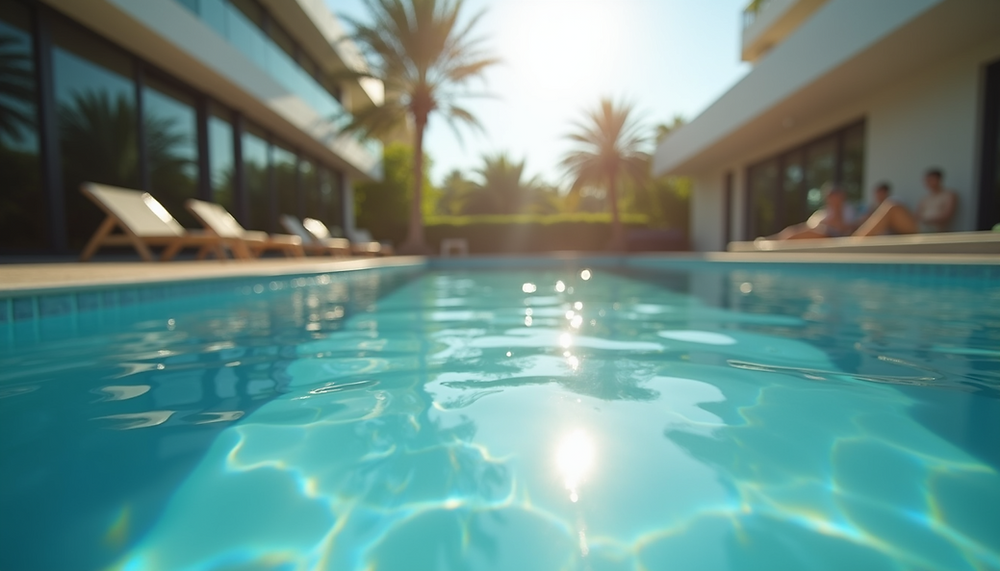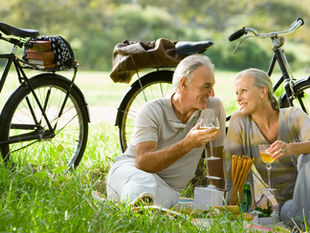
Tel (631) 732-4794 Ext 130
(516) 875-7555
Fax: (631) 732-0355

With the summer sun shining brightly, it’s natural to want to enjoy outdoor activities and vacations. However, the rising temperatures also bring potential health risks, especially heat stroke. Awareness of how to stay safe in the heat is essential for maximizing fun during the summer months.
Heat-related illnesses can have serious consequences, especially heat stroke, which occurs when the body can’t regulate its temperature. This condition can lead to critical damage to vital organs if not addressed quickly. In this post, we’ll discuss effective strategies to prevent heat stroke, helping you stay safe while enjoying your summer adventures.
Understanding Heat Stroke
Heat stroke is a severe condition that arises when the body overheats, often due to prolonged exposure to high temperatures or intense exercise. Symptoms include confusion, a rapid pulse, hot and dry skin, and unconsciousness. This situation requires immediate medical intervention.
Heat exhaustion often precedes heat stroke, presenting symptoms such as heavy sweating, weakness, and dizziness. Recognizing these early signs can be your best defense against further complications.
Recognizing Symptoms
Understanding the symptoms of heat-related illnesses is vital for timely action. Key signs of heat stroke include:
A high body temperature above 103°F (39.4°C)
Altered mental state, such as confusion or slurred speech
No sweating even in high heat
Rapid and shallow breathing
Nausea or vomiting
Racing heart rate
If you or someone nearby shows these symptoms, seek medical help right away.
Hydration is Key
Staying hydrated is one of the most effective ways to fend off heat stroke. Drinking water at regular intervals helps maintain body temperature and replaces lost fluids. Here are some straightforward tips for staying hydrated:
Drink before you feel thirsty: Do not wait until you’re thirsty to drink, as it can be a late sign of dehydration.
Opt for electrolyte drinks: Along with water, beverages with electrolytes can replace lost minerals, especially after heavy sweating. Studies show that drinks containing potassium and sodium can enhance hydration levels.
Carry a water bottle: Always have a water bottle with you, whether you’re on a walk or at the beach. Aim to drink at least 8-10 glasses of water daily to keep hydrated.
Dress Appropriately
Your clothing choice greatly affects your comfort and safety in the heat. Choose lightweight and loose-fitting outfits made from breathable fabrics. Here are practical dressing tips to help you stay cool:
Choose light colors: Light-colored clothing reflects sunlight, helping keep your body temperature down, while dark colors absorb heat.
Avoid heavy materials: Steer clear of synthetic fabrics that can trap heat against your skin. Natural fibers like cotton are a better choice.
Wear wide-brimmed hats and sunglasses: Protective hats and UV-protective sunglasses help shield you from direct sunlight and reduce heat exposure.
Plan Your Activities Wisely
The timing of outdoor activities can significantly influence heat exposure. To minimize the risk of heat stroke, consider these strategies:
Avoid the midday sun: The sun is usually strongest between 10 a.m. and 4 p.m. Schedule outdoor activities for the cooler times of morning or evening.
Take regular breaks: While outdoors, incorporate frequent breaks in shaded or air-conditioned areas to cool off.
Listen to your body: Pay attention to how you feel. If you're experiencing fatigue or overheating, stop and rest.
Create a Cool Environment
When spending time indoors, especially in hot climates, creating a cool environment is crucial. Here are practical methods for maintaining comfort:
Use fans or air conditioning: Air conditioning is ideal for cooling indoor spaces. If not available, fans can provide relief by circulating air.
Close blinds and curtains: Block direct sunlight during peak hours to help keep indoor temperatures lower.
Take cool showers: A quick cool shower can help lower your body temperature effectively.
Know When to Seek Help
It's critical to recognize when to seek medical help for severe heat-related illnesses. Here’s guidance on when to call for assistance:
Severe symptoms: If someone shows signs of confusion, loss of consciousness, or seizures, call emergency services immediately.
Ineffective cooling: If the person does not improve despite cooling efforts, get professional help right away.
Engaging in Outdoor Activities Safely
For those eager to stay active in the summer, prioritizing safety is essential. Here are ways to enjoy outdoor activities without compromising health:
Stay hydrated continuously: Drink water before, during, and after engaging in any physical activity to keep your body hydrated.
Choose safe activities: Swimming can be a great way to keep cool or opt for exercises that are done in shaded areas.
Exercise with a buddy: Working out with someone allows for mutual support, increasing the chance of recognizing early signs of heat-related illness.
Safeguarding Your Summer Experience
Mastering the art of summer survival is key to enjoying the warm weather safely. By being proactive about hydration, choosing appropriate clothing, and planning activities wisely, you can significantly reduce the risk of heat stroke and other heat-related issues.
As summer arrives, equip yourself with the awareness and practical strategies shared in this post. With some preparation and caution, your summer adventures can be both enjoyable and safe.

Stay cool, stay hydrated, and most importantly, enjoy your summer!
RES Home Care
Suffolk: (631) 732-4794 Nassau: (516) 875-7555
Subscribe to our free weekly blogs








